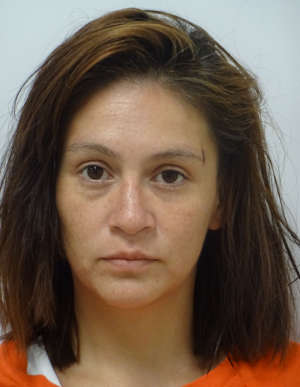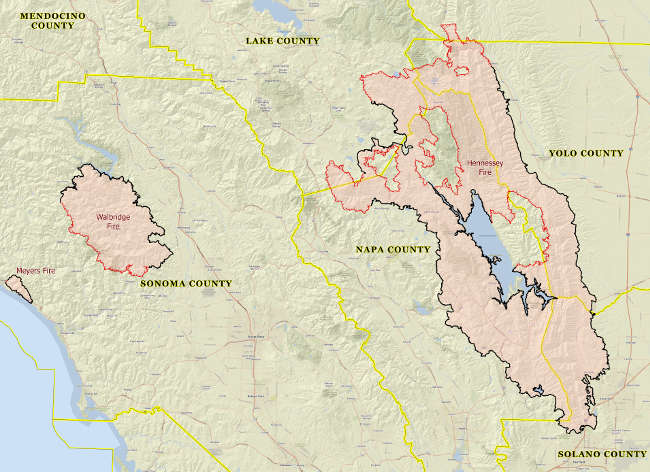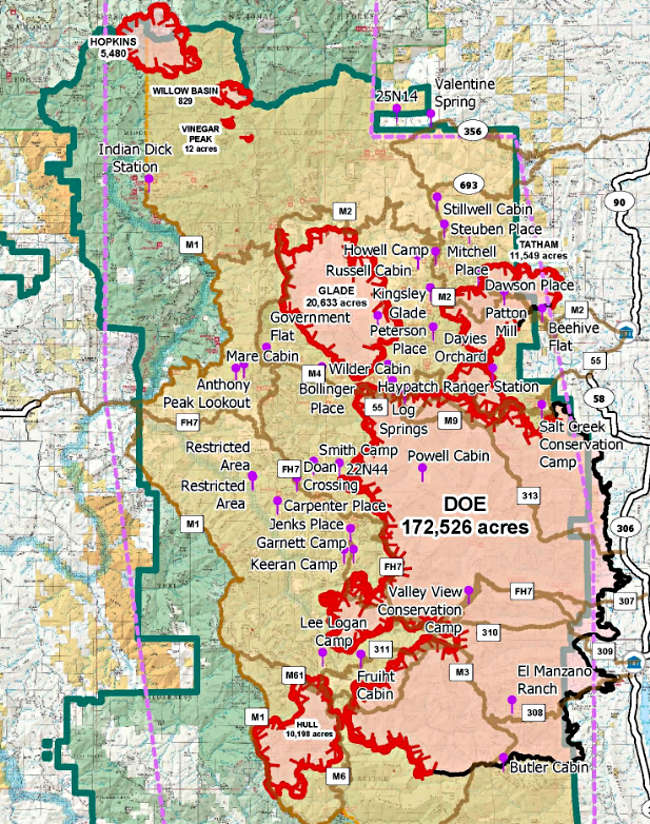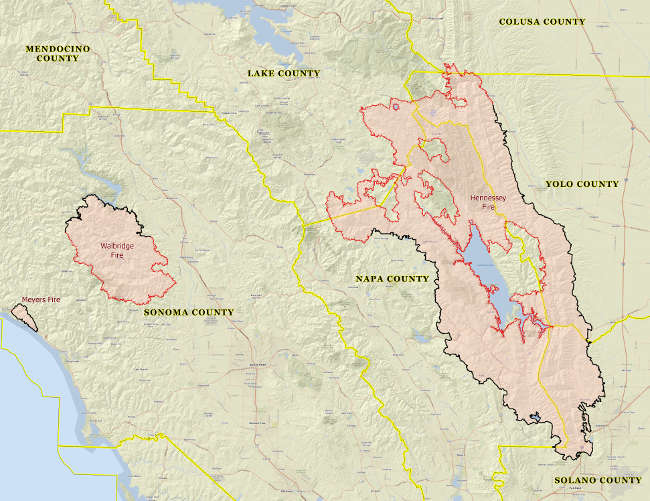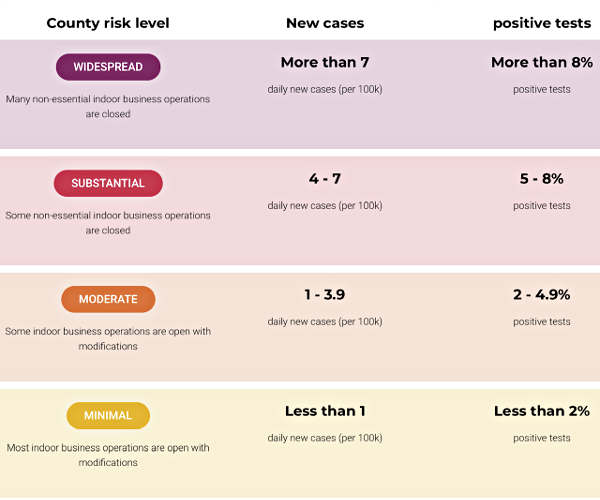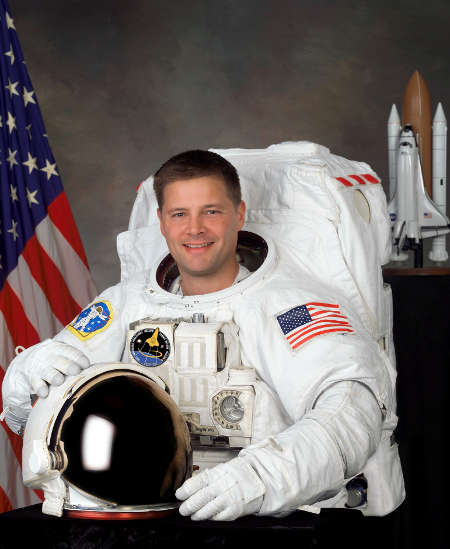LAKEPORT, Calif. – The Board of Supervisors on Tuesday will consider ongoing concerns about the performance of the treasurer-tax collector, and will discuss a proposed vote of no confidence as well as whether to seek her resignation.
The meeting will begin at 9 a.m. Tuesday, Sept. 1.
The supervisors will meet in the board chambers on the first floor of the Lake County Courthouse, 255 N. Forbes St., Lakeport, for a hybrid meeting format which also will include the opportunity for community members to continue to participate virtually.
The meeting can be watched live on Channel 8, online at
https://countyoflake.legistar.com/Calendar.aspx and on the county’s Facebook page. Accompanying board documents, the agenda and archived board meeting videos also are available at that link.
To participate in real-time, join the Zoom meeting by clicking
this link at 9 a.m. The meeting ID is 991 6753 3305, password 946209.
To submit a written comment on any agenda item please visit
https://countyoflake.legistar.com/Calendar.aspx and click on the eComment feature linked to the meeting date. If a comment is submitted after the meeting begins, it may not be read during the meeting but will become a part of the record.
In an item timed for 11:15 a.m., the board will get a presentation on continuing issues regarding Treasurer-Tax Collector Barbara Ringen’s office, and consider giving her a vote of no confidence and asking for her resignation.
Supervisor Bruno Sabatier is bringing the issue to the board, citing ongoing problems including delayed deposits, the inability to implement new taxes or enhance the collection of current taxes, the inability to solve the department’s issues whether through creative staffing strategies or the addition of new technology, lack of follow-through to make necessary changes and the “inability to trust that change will occur in a meaningful way or that the answers we are given are honest or truthful,” Sabatier wrote in his report.
Sabatier’s memo to the board said he will provide greater detail at the meeting, and that “these problems are what lead me to believe that there is no other choice but to move forward with a Vote of No Confidence as there is no evidence to show us that these things will change in the near future.”
Last year Ringen, after meeting with an ad hoc committee that included Sabatier, had offered to retire early, which the board voted to accept. She later retracted that resignation.
In a related item, during closed session, the board will discuss a newly filed lawsuit by the city of Clearlake against the county, the Board of Supervisors and Ringen, which is seeking injunctive relief due to issues including the county’s lack of tax-defaulted property sales, which has been an ongoing concern for the city.
Ringen, who originally was appointed to the office in 2013 before later being elected, has only held two tax sales, in 2017 and 2018.
Also on Tuesday, at 9:02 a.m. the board will get an update on COVID-19 from Public Health Officer Dr. Gary Pace and at 10 a.m. will hear from Pacific Gas and Electric about its Community Wildfire Safety Program, which has included the implementation of public safety power shutoffs.
The full agenda follows.
CONSENT AGENDA5.1: (a) Waive the formal bidding process, pursuant to Lake County Code Section 38.2, as it is not in the public interest due to the unique nature of goods or services; and (b) approve the agreement between the county of Lake and Clover Valley Guest Home for adult residential support services and specialty mental health services for Fiscal Year 2020-21 for a contract maximum of $116,800 and authorize the board chair to sign the agreement.
5.2: (a) Waive the formal bidding process pursuant to Lake County Code Section 38.2, as it is not in the public interest due to the unique nature of goods or services; and (b) approve the agreement between the county of Lake and Remi Vista Inc. for specialty mental health services for Fiscal Year 2020-21 in the amount of $75,000 and authorize the chair to sign.
5.3: Adopt a resolution to authorize Lake County Behavioral Health Services director to sign the standard agreement between the county of Lake and the Department of Health Care Services for the period between July 1, 2018, through June 30, 2021.
5.4: (a) Waive the formal bidding process, pursuant to Lake County Code Section 38.2, as it is not in the public interest due to the unique nature of goods or services; and (b) approve the agreement between the county of Lake and Konocti Senior Support Inc. for senior support counseling services for Fiscal Year 2020-21 for a contract maximum of $120,062 and authorize the board chair to sign the agreement.
5.5: (a) Approve the district attorney's equitable sharing agreement and certification for the Fiscal Year July 1, 2019, to June 30, 2020, and authorize the chair to sign; and (b) authorize Doris Lankford to electronically submit the report.
5.6: Adopt resolution amending Resolution No 2020-72 establishing position allocation for Fiscal Year 2020-2021.
5.7: Sitting as the Lake County Sanitation District Board of directors approve Proposed Private Lateral Grant Program to assist property owners for the replacement costs of private laterals to reduce inflow and infiltration.
5.8: Approve the continuation of a local health emergency and order prohibiting the endangerment of the community through the unsafe removal, transportation, and disposal of fire debris for the Mendocino Complex fire.
5.9: Approve the continuation of a local health emergency related to the 2019 Coronavirus (COVID-19) as proclaimed by the Lake County Public Health officer.
5.10: Approve the continuation of a local emergency due to the Mendocino Complex fire incident (River and Ranch fires).
5.11: Approve the continuation of a local emergency due to the Pawnee fire incident.
5.12: Approve the continuation of a local emergency due to COVID-19.
5.13: Approve the continuation of a local emergency In Lake County in response to the LNU Lightning Complex wildfire event.
5.14: Approve agreement between the county of Lake, Probation Department and Hilltop Recovery Services, beginning Sept. 1, 2020, for an amount not to exceed $50,000 in any single fiscal year and authorize the chair to sign.
5.15: Approve agreement between the county of Lake and DBT Transportation Services for maintenance and repair of AWOS III System at Lampson Field in the amount of $27,600 and authorize the chair to sign.
5.16: Approve engineering inspection agreement between the county of Lake and 5400 Gaddy Lane, LN, LP/Lori Koester and authorize the chair to sign.
5.17: Approve Task Order No. 2 with MGE Engineering Inc. for on-call construction management services for various HBP-Funded Bridge Projects in Lake County for $180,625.27 and authorize the chair to sign.
5.18: (A) Approve the FY 2019 Emergency Management Performance Grant COVID-19 Supplemental application in the amount of $79,967; (B) authorize Sheriff Brian Martin to sign the grant subaward face sheet, the authorized agent document and the subrecipient grants management assessment form; (c) authorize County Administrative Officer Carol J. Huchingson to act as the authorized agent on behalf of the county to sign the standard assurances and initial each page, the lobbying certification and the FFATA financial disclosure document and (d) authorize the chairperson of the Board of Supervisors to sign the certification of the governing body resolution.
5.19: Approve contract between county of Lake and Pacific Quest Investigations for guardianship investigation services, in the amount of $20,000 per fiscal year, from July 1, 2020, to June 30, 2023, and authorize the chair to sign.
5.20: Approve agreement between the county of Lake and CivicSpark in the amount of $26,000 for one Civic Spark Fellow to develop and implement an ArcGIS-based asset management program and authorize the Special Districts administrator to sign.
TIMED ITEMS6.1, 9:01 a.m.: Public input.
6.2, 9:02 a.m.: Consideration of update on COVID-19.
6.3, 10 a.m.: Consideration of PG&E Community Wildfire Safety Program update for Lake County.
6.4, 11:15 a.m.: Presentation on continuing issues regarding Treasurer-Tax Collector’s Office, vote of no confidence and request for resignation of Barbara Ringen.
UNTIMED ITEMS7.2: Consideration of public release of tax-defaulted property GIS application.
7.3: (a) Consideration of recommendation to rescind Lake County Personnel Rules Section Eleven 28. County Employee Scholarship to Marymount California University for Professional Growth and Educational Development, and (b) consideration of a recommendation to add a new section to Lake County Personnel Rules Section Eleven 28. Disaster Service Worker Policy.
7.4: Consideration of advisory board appointment: Mental Health Board Child Care Planning and Development.
7.5: (a) Consideration of purchase of one 2020 Chevy Tahoe Police Pursuit Vehicle from Matt Mazzei Chevrolet in the amount of $42,980.56 from the Sheriff/Pursuit Replacement Budget Unit 2217, Object Code 62.72 and (b) waiving the county purchasing ordinance section 41.3(b) allowing the 10 percent local vendor preference, and (c) authorize the sheriff to issue a purchase order.
CLOSED SESSION8.1: Conference with labor negotiator: (a) Chief Negotiator: M. Long; County negotiators: C. Huchingson and P. Samac; and (b) employee organizations: LCDDAA, LCDSA, LCCOA, LCEA, LCSEA and LCSMA.
8.2: Conference with (a) temporary representatives designated to meet with county department heads regarding salary and benefits and (b) unrepresented management employees.
8.3: Conference with legal counsel: Existing litigation pursuant to Gov. Code section 54956.9(d)(1) – Center for Biological Diversity v. County of Lake, et al.
8.4: Conference with legal counsel: Existing litigation pursuant to Gov. Code section 54956.9(d)(1) – City of Clearlake v. County of Lake, et al.
Email Elizabeth Larson at This email address is being protected from spambots. You need JavaScript enabled to view it.. Follow her on Twitter, @ERLarson, or Lake County News, @LakeCoNews.

 How to resolve AdBlock issue?
How to resolve AdBlock issue? 